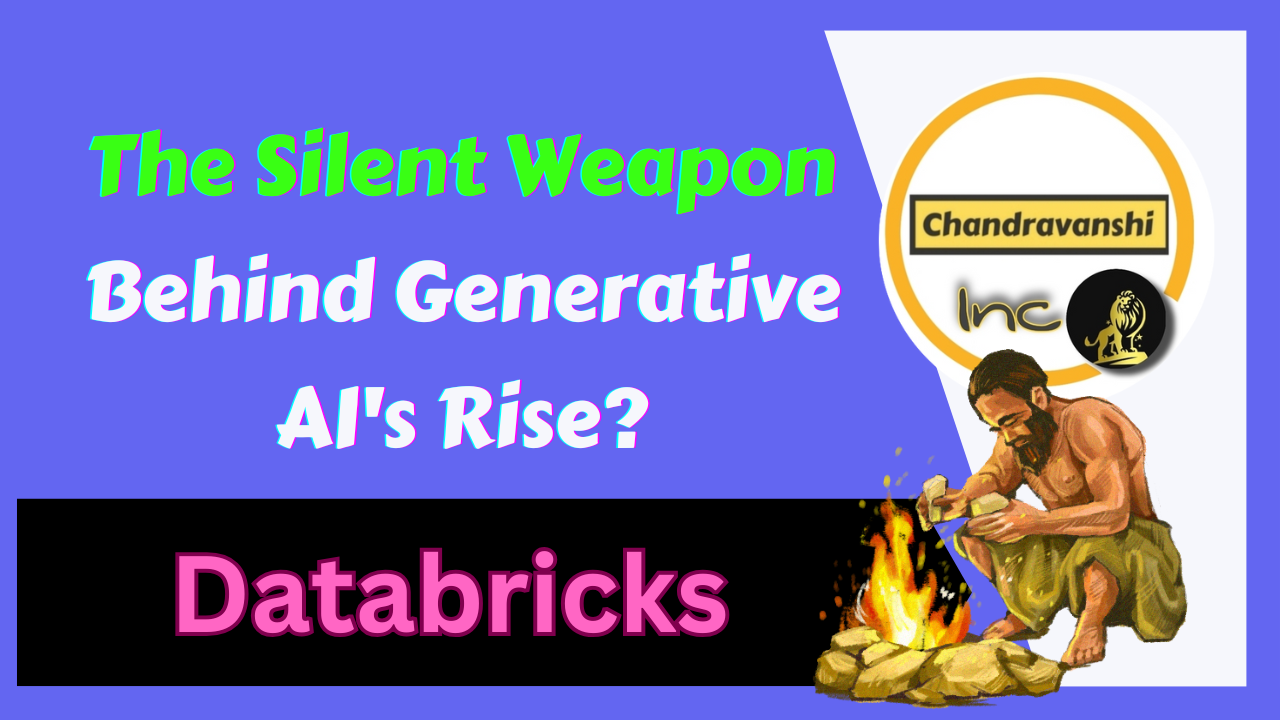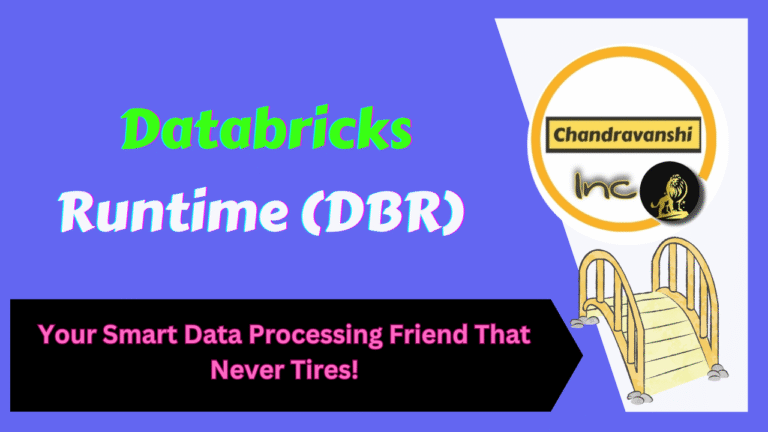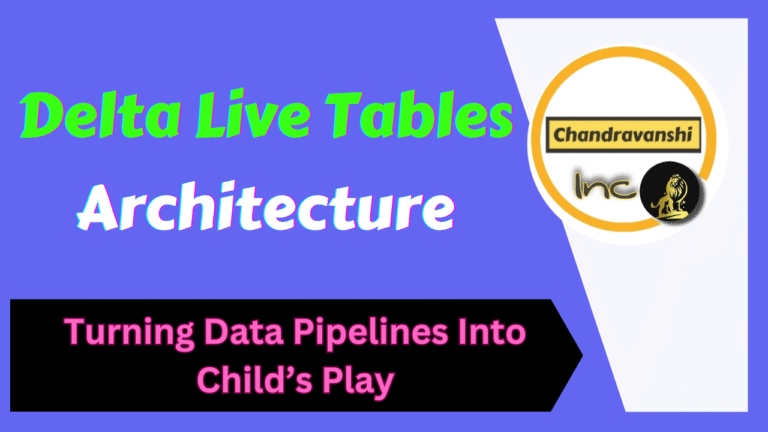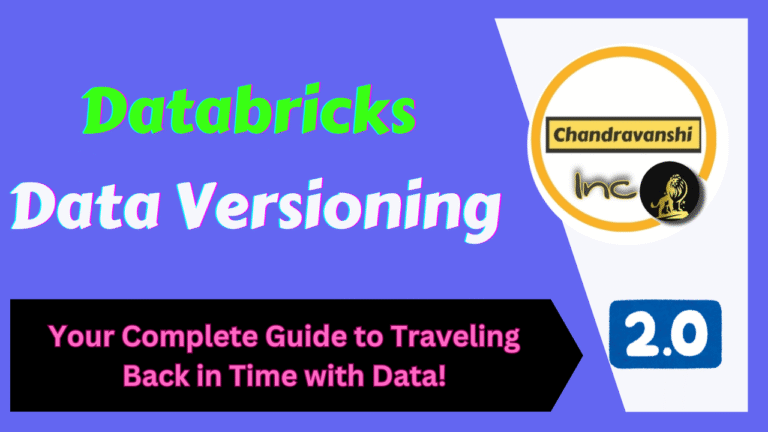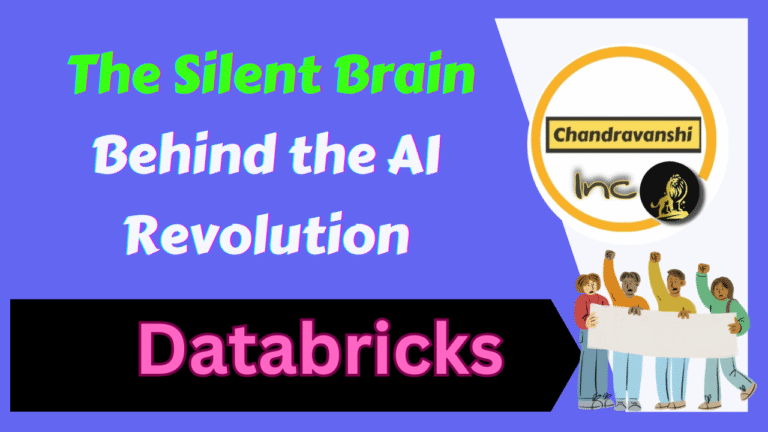Databricks: The Silent Weapon Behind Generative AI’s Rise?
Databricks: The Silent Weapon Behind Generative AI's Rise?
Picture this: It's 3 AM in a Silicon Valley data center. While the world sleeps, millions of GPUs are humming, processing petabytes of data, training the next breakthrough AI model. The headlines tomorrow will scream about another ChatGPT competitor or a mind-blowing image generator. But here's what they won't tell you—behind every single one of these "revolutionary" AI breakthroughs is a company most people have never heard of.
That company is Databricks. And if you've never heard of it, you're not alone—but you should be paying attention. Because while everyone's debating which AI chatbot is smarter, the real game is being played in the infrastructure layer. The companies that control the data pipelines, the training platforms, and the deployment systems aren't just participating in the AI revolution—they're orchestrating it.
While ChatGPT captured 100 million users in 2 months, Databricks quietly processes more data in a single day than Netflix streams in an entire month. This isn't just about scale—it's about control over the infrastructure that makes AI possible.
📊The Context: Understanding the AI Infrastructure Revolution
Founded in 2013 by the creators of Apache Spark, Databricks has evolved far beyond its big data processing roots to become the unified Data Intelligence Platform that enterprises desperately need for the AI era. The company's journey from a university research project to a $43 billion valuation reflects a deeper truth about the AI revolution: the real value isn't just in the models themselves, but in the platforms that make those models useful for real-world business applications.
While everyone focuses on ChatGPT's 100 million users in 2 months, Databricks quietly processes 1 exabyte of data daily - that's equivalent to storing every book ever written 50,000 times over.
The Lakehouse Revolution
| Traditional Approach | Databricks Lakehouse |
|---|---|
| Separate data lakes and warehouses | Unified architecture for all data types |
| Complex data movement between systems | Single source of truth for analytics and AI |
| Months to prepare data for AI | Real-time data processing and model training |
| Siloed teams and workflows | Collaborative platform for all data roles |
The genius of Databricks lies in its lakehouse architecture—a revolutionary approach that combines the flexibility and scale of data lakes with the performance and reliability of data warehouses. This isn't just an incremental improvement over existing technologies; it's a fundamental reimagining of how organizations should think about data in the age of AI.
⚠️The Problem: Why Most AI Initiatives Fail
The AI Infrastructure Challenge
Here's the brutal reality: 85% of AI projects fail to deliver expected business outcomes. But here's what's interesting—it's not because the algorithms aren't smart enough. It's because most companies are trying to build AI on infrastructure designed for last decade's problems.
The Data Nightmare
Consider the typical enterprise data landscape: customer information scattered across multiple CRM systems, product data locked in legacy databases, financial records stored in data warehouses, and unstructured content buried in document repositories. Traditional approaches to data integration take months or years, by which time the competitive advantage of early AI adoption has evaporated.
| Challenge | Traditional Solution | Time Required | Failure Rate |
|---|---|---|---|
| Data Integration | ETL pipelines + Data warehouse | 6-18 months | 65% |
| Model Training | Separate ML platforms | 3-12 months | 78% |
| Production Deployment | Custom DevOps solutions | 2-6 months | 82% |
| Governance & Compliance | Manual processes | Ongoing | 71% |
The Cost Reality
But data integration is just the beginning of the challenge. Generative AI models require enormous computational resources for training and inference. A single training run for a custom language model can cost hundreds of thousands of dollars in cloud computing resources. Without careful optimization and resource management, AI experiments can quickly consume entire IT budgets while delivering questionable returns on investment.
The Numbers Don't Lie: Companies spend an average of $2.4 million per AI project, with 73% going over budget by 200% or more. Data scientists spend 80% of their time on data preparation instead of building intelligent systems.
💥The Impact: What's Really at Stake
Economic Disruption at Scale
The economic impact of these infrastructure challenges is profound and often underestimated. Without proper data platforms, AI projects consume disproportionate amounts of engineering resources on data preparation rather than model development. Engineering teams get bogged down in infrastructure management rather than innovation.
The Competitive Advantage Gap
| Metric | Companies with Robust Data Infrastructure | Companies with Legacy Systems |
|---|---|---|
| AI Project Success Rate | 67% | 15% |
| Time to Deploy AI Models | 2-4 weeks | 6-18 months |
| Cost per AI Initiative | $450K average | $2.4M average |
| Data Scientist Productivity | 65% on modeling | 20% on modeling |
Meanwhile, the competitive landscape continues to evolve rapidly. Companies that solve their data infrastructure challenges early gain the ability to experiment faster, iterate more frequently, and deploy AI applications more reliably. This creates a compounding advantage where data-mature organizations can continuously expand their AI capabilities while competitors struggle with basic implementation challenges.
🚀The Action: How Databricks Changes Everything
The Platform That Changes the Game
This is where Databricks transforms from a nice-to-have technology platform into a strategic business necessity. The company has methodically built solutions that address each of the critical infrastructure challenges that derail AI projects. Their approach isn't just about better technology—it's about reimagining how businesses should think about data in the AI era.
The Databricks Advantage
| Capability | Business Impact | Competitive Advantage |
|---|---|---|
| Unified Lakehouse Architecture | Eliminates data silos completely | 10x faster time-to-insights |
| MLflow Integration | Streamlines model lifecycle | 5x more successful deployments |
| Delta Lake Technology | Ensures data reliability at scale | 99.9% data accuracy guarantee |
| Collaborative Notebooks | Breaks down team silos | 3x faster project completion |
| Auto-scaling Infrastructure | Optimizes compute costs | 60% reduction in AI project costs |
Real-World Transformations
Major enterprises across industries are already leveraging Databricks to build competitive advantages through AI. These aren't just technology implementations—they're strategic initiatives that create lasting competitive advantages.
Industry Success Stories
| Company | Industry | Use Case | Results |
|---|---|---|---|
| Shell | Energy | Predictive maintenance & optimization | $200M annual savings |
| Regeneron | Pharmaceuticals | AI-accelerated drug discovery | 50% faster clinical trials |
| Comcast | Media/Telecom | Personalized customer experiences | 25% reduction in churn |
| H&M | Retail | Demand forecasting & inventory | 30% inventory optimization |
The MosaicML Game Changer
The acquisition of MosaicML further strengthens Databricks' position in the generative AI ecosystem, providing enterprise-grade tools for training and deploying large language models efficiently and cost-effectively. This acquisition represents more than just expanded capabilities—it signals Databricks' commitment to being the complete infrastructure solution for enterprise AI initiatives.
Before MosaicML: Training custom LLMs cost $10-100 million and took 12-18 months
After MosaicML: Same models can be trained for $1-5 million in 2-6 months
The Future of Enterprise AI
As generative AI moves beyond experimentation into production systems handling millions of users, the importance of robust, scalable data infrastructure becomes critical. Consumer AI applications can tolerate occasional failures or inconsistencies, but enterprise AI systems must deliver reliable performance while maintaining security and compliance standards.
Enterprise vs Consumer AI Requirements
| Requirement | Consumer AI | Enterprise AI |
|---|---|---|
| Uptime | 95% acceptable | 99.9% required |
| Data Privacy | Basic compliance | Full governance required |
| Customization | One-size-fits-all | Industry-specific models |
| Integration | Standalone apps | Deep system integration |
| Audit Trail | Not required | Complete lineage tracking |
🧩The Conclusion: The Infrastructure Wars Have Begun
We're witnessing the emergence of a new competitive landscape where data infrastructure doesn't just support business operations—it becomes the core differentiator that determines which companies lead their industries and which get left behind. Databricks isn't just participating in this transformation; it's architecting it.
The Investment Thesis
Looking forward, the companies that master their data infrastructure today will be the ones that dominate AI-driven markets tomorrow. As AI capabilities become more standardized and accessible, competitive advantages will increasingly come from the ability to apply AI effectively to unique business contexts.
Market Opportunity: The data infrastructure market is projected to grow from $85 billion in 2024 to $295 billion by 2030—a 344% increase driven entirely by AI adoption.
Why Databricks Wins
| Advantage | Description | Market Impact |
|---|---|---|
| First-mover advantage | Built for AI before AI was mainstream | 10,000+ enterprise customers |
| Platform stickiness | High switching costs once implemented | 98% customer retention rate |
| Network effects | More users = better platform | Growing ecosystem of partners |
| Innovation velocity | Continuous platform improvements | 25% revenue growth year-over-year |
The Final Reality Check
While the world marvels at generative AI's creative outputs and debates which models are most impressive, Databricks quietly provides the foundation that makes enterprise AI transformation possible.
The AI revolution is just beginning, but the infrastructure foundation is being laid now.
Companies that build on solid foundations will be able to adapt and scale as AI technologies continue evolving. Those that build on fragmented, legacy infrastructure may find themselves unable to capitalize on future AI innovations, regardless of how impressive those innovations become.
Databricks isn't just the silent weapon behind generative AI's rise—it's the foundation that will determine who wins and who loses in the age of artificial intelligence.
